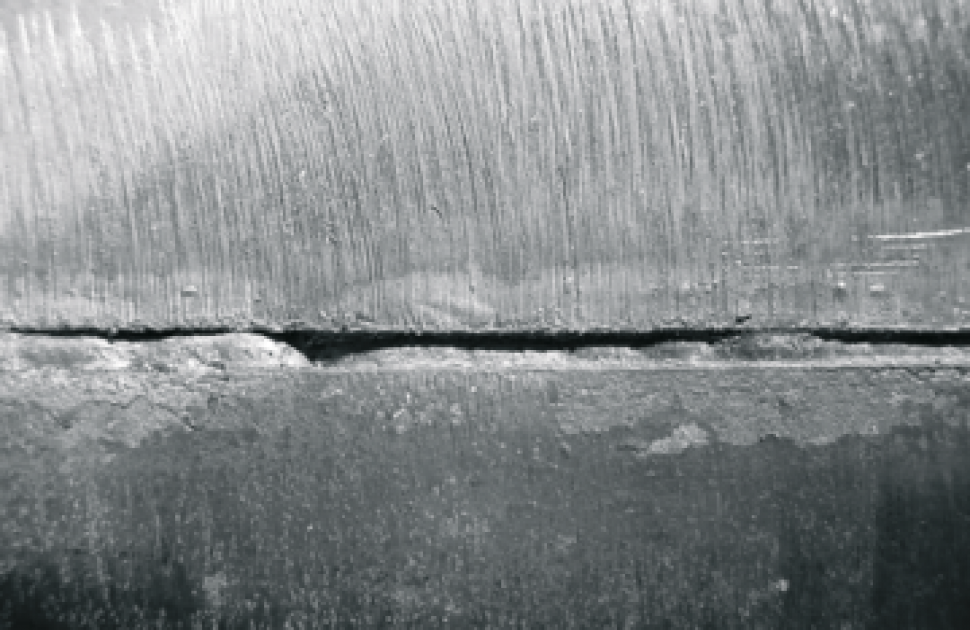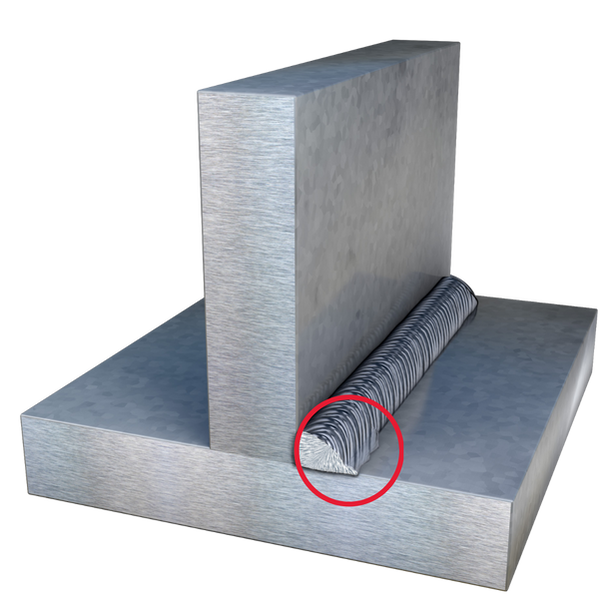Best Practices for Preventing Weld Undercut: Mastering the Basics
Best Practices for Preventing Weld Undercut: Mastering the Basics
Blog Article
Vital Tips for Welders: Protecting Against Undercut Welding and Ensuring Stronger Weld Joints
In the realm of welding, achieving long lasting and strong weld joints is the cornerstone of producing top quality work. One typical challenge that welders frequently experience is undercut welding, which can compromise the honesty of the weld joint.

Recognizing Undercut Welding
Undercut welding is an usual welding issue that occurs when the weld metal stops working to correctly load the groove and leads to a groove-like depression along the weld grain. This defect deteriorates the weld joint, making it susceptible to fracturing and failure under anxiety. Undercutting can be triggered by numerous factors, including excessive welding present, high welding rate, improper electrode angle, incorrect electrode dimension, and inadequate welding technique.
Among the primary factors for undercut welding is an inequality between the welding present and the welding rate. If the welding current is expensive or the welding speed is also fast, the weld metal might not adequately fill the groove, causing damaging. In addition, making use of an electrode that is also large can result in a similar result, as the excess steel can not properly flow right into the groove.
To stop undercut welding, welders ought to guarantee they are making use of the right welding specifications, maintain an ideal electrode angle, pick the appropriate electrode size, and technique proper welding methods. By addressing these factors, welders can reduce the risk of undercutting and create stronger, a lot more trusted weld joints.
Correct Welding Strategy
Efficient welding method plays a vital function in guaranteeing the quality and stability of weld joints. One fundamental facet of correct welding method is maintaining the proper angle and distance in between the welding gun and the workpiece.
Furthermore, a consistent and steady hand activity is vital for creating solid and resilient weld joints. Welders need to aim for smooth, consistent motions to ensure also circulation of the weld material. Correct control of the welding weapon and filler material is additionally vital to accomplishing ideal penetration and combination.
Additionally, regulating the heat input and choosing the appropriate welding specifications based on the product being bonded are vital factors in accomplishing high-quality welds - Preventing weld undercut. Welders should comply with the advised settings supplied by welding treatment specifications and change them as required based upon the particular demands of the task. By mastering proper welding methods, welders can dramatically enhance the stamina and integrity of their weld joints
Picking the Right Electrode
Maintaining the appropriate angle and range in between the welding weapon and the workpiece is basic when taking into consideration the importance of choosing the best electrode in look at this website welding applications. The option of electrode plays a crucial role in figuring out the top quality and stamina of the weld joint. Electrodes can be found in numerous kinds, each made for specific objectives and products.
To start with, picking the ideal electrode size is necessary. Thinner electrodes are ideal for welding slim products, while thicker electrodes are much better for thicker products and greater warmth applications. Matching the electrode size to the thickness of the work surface assists attain a well balanced weld.
Second of all, comprehending the product structure of the electrode is crucial. Different electrodes are developed for welding particular materials like steel, stainless-steel, light weight aluminum, or cast iron. Making use of the right electrode material guarantees good fusion and decreases the threat of flaws in the weld.
Lastly, considering the welding placement and method is important when choosing the electrode kind. Particular electrodes are much better suited for overhead or upright welding positions, while others function well for level or horizontal placements. Choosing the right electrode based upon the welding technique boosts the general weld top quality and stability.
Preparing the Base Steel
To guarantee an effective welding procedure, what initial steps should be taken when preparing the base steel for welding? Furthermore, any kind of existing weld useful reference material or residue from previous welding must be gotten rid of to ensure a clean surface for the new weld.

Conducting Post-Weld Inspections

After carrying out these assessments, welders must contrast the outcomes against market standards and task needs to guarantee that the weld joint meets all necessary standards. Any type of variances or inadequacies found during the post-weld inspection needs to be without delay attended to through suitable restorative procedures to assure the weld's stability. By carefully performing post-weld inspections and quickly addressing any type of concerns, welders can support the quality and dependability of their job, ultimately adding to the security and longevity of the welded frameworks.
Final Thought

To conclude, stopping undercut welding and making certain stronger weld joints call for a combination Extra resources of correct welding technique, selecting the right electrode, preparing the base steel appropriately, and carrying out post-weld examinations. By comprehending the root causes of undercut welding and applying the essential safety measures, welders can produce top notch weld joints that meet market criteria and ensure the structural honesty of the welded elements.
Undercut welding is an usual welding defect that occurs when the weld steel falls short to properly fill up the groove and results in a groove-like clinical depression along the weld grain (Preventing weld undercut). Damaging can be caused by various aspects, consisting of too much welding current, high welding speed, incorrect electrode angle, wrong electrode dimension, and bad welding strategy
One of the main reasons for undercut welding is a discrepancy in between the welding present and the welding rate. If the welding current is also high or the welding rate is too fast, the weld steel might not sufficiently fill up the groove, leading to damaging.Keeping the proper angle and range in between the welding weapon and the work surface is essential when thinking about the value of picking the appropriate electrode in welding applications.
Report this page